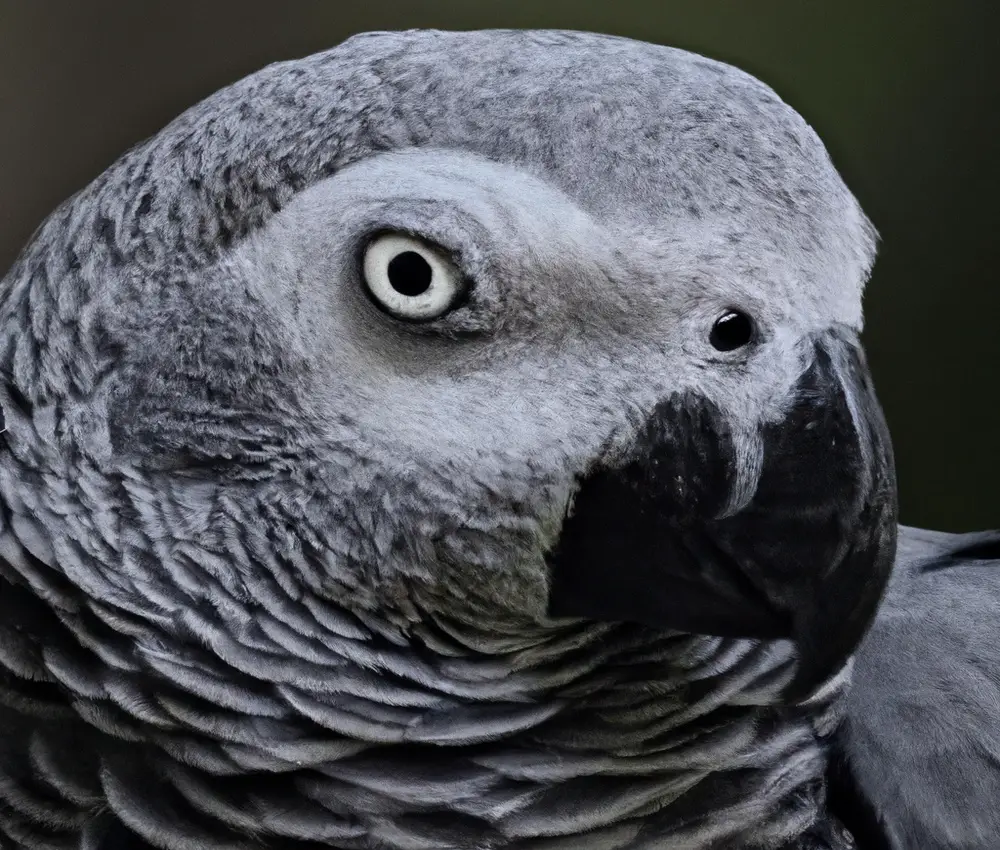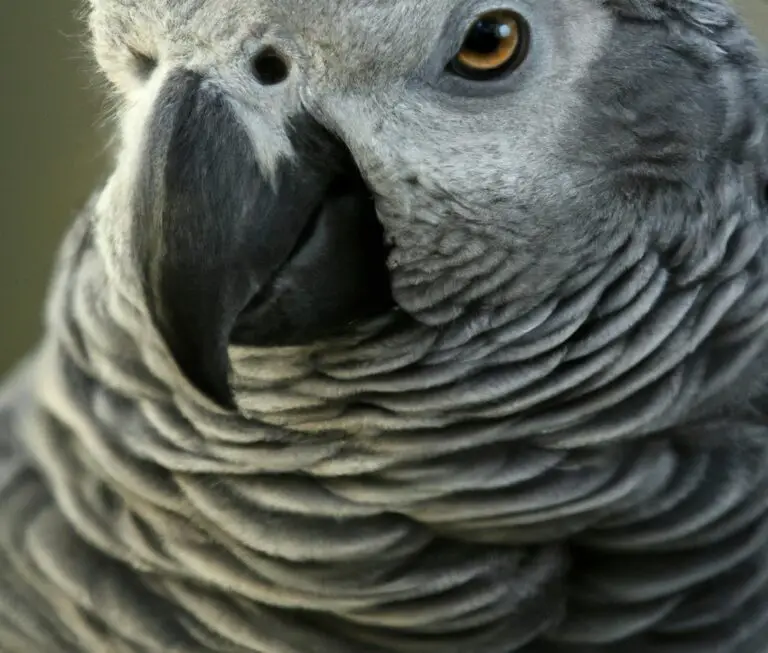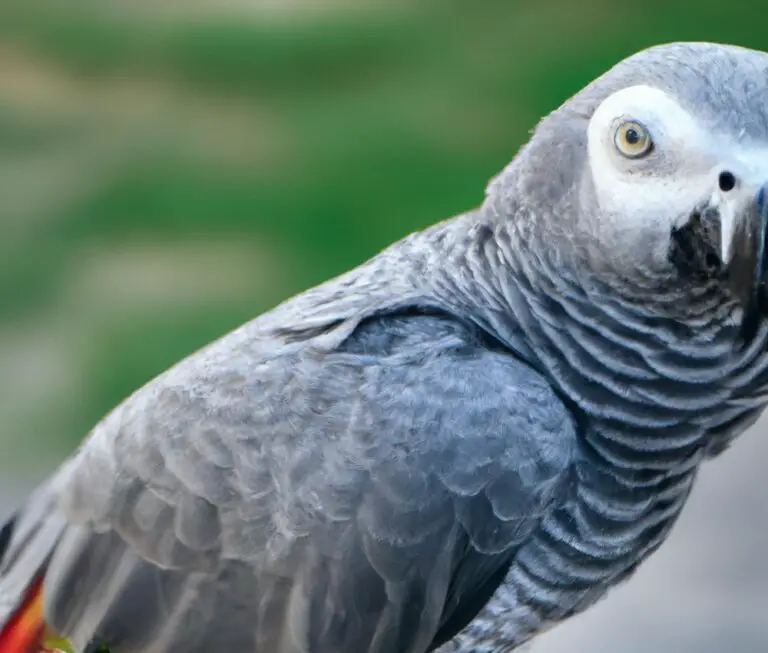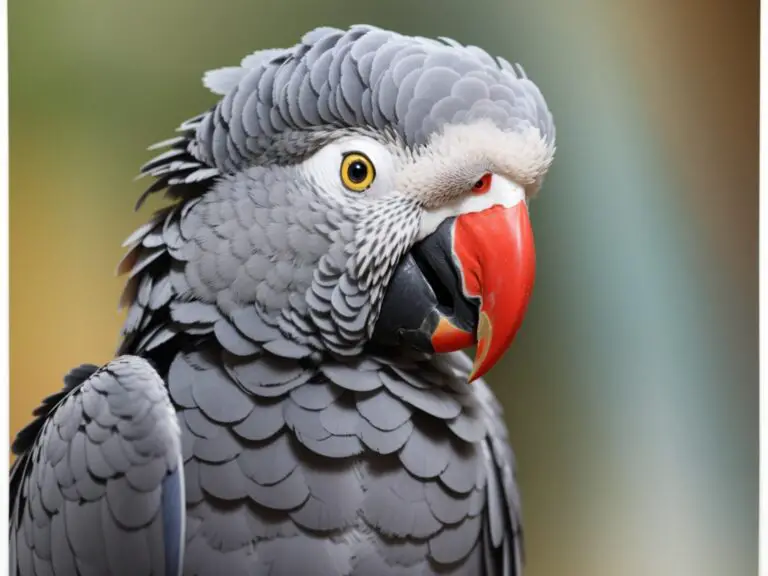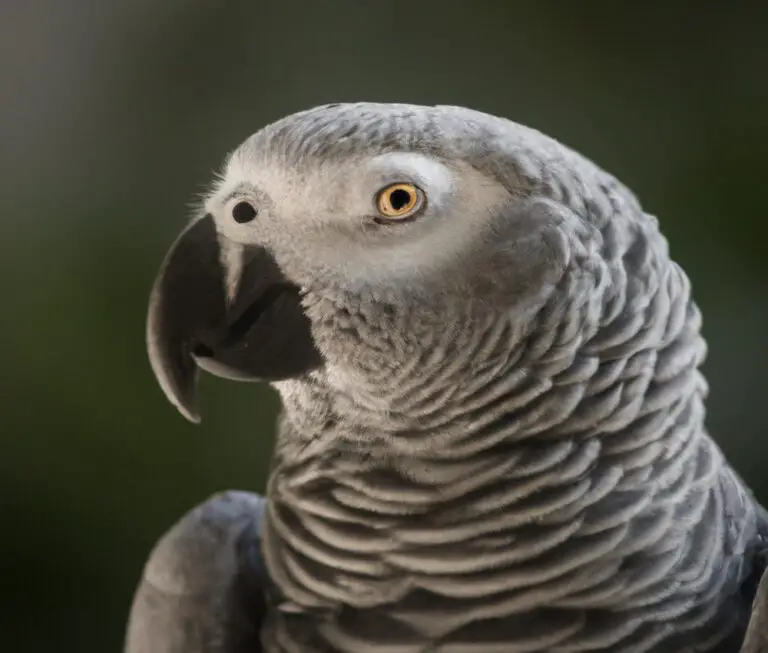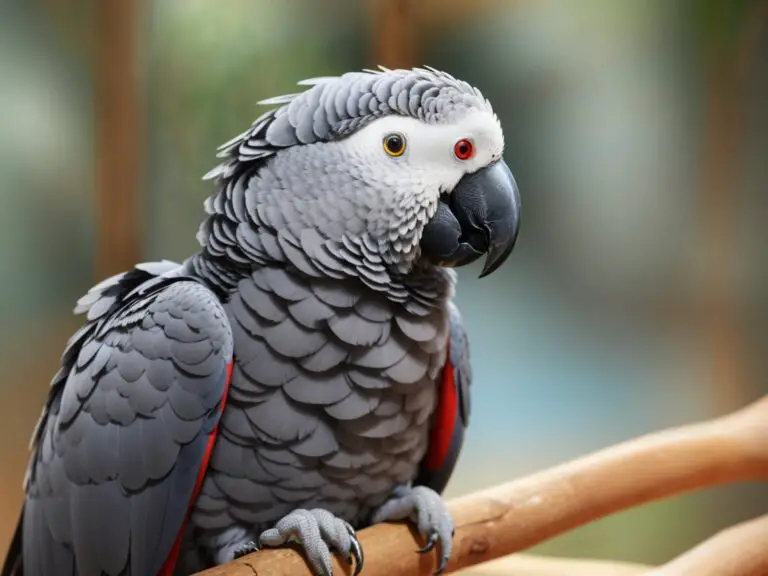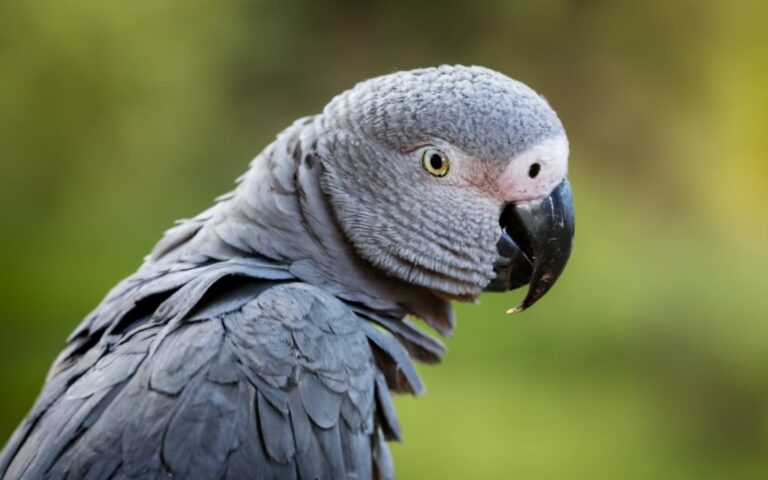What Is The Mating Behavior Of African Grey Parrots In Captivity?
Key Takeaways:
- African Grey Parrots in captivity exhibit complex and diverse mating behaviors.
- Factors such as age and social environment can influence the mating behavior of African Grey Parrots.
- Courtship rituals, vocalizations, and physical displays are commonly observed during mating behavior.
- Pair bonding and mate selection among African Grey Parrots play a significant role in their reproductive success.
Are you curious about the complex and fascinating world of African Grey Parrots and their mating behavior in captivity? Look no further! In this article, we will explore the natural mating behavior of African Grey Parrots in the wild and how it adapts in captivity.
Discover the various factors that influence their mating behaviors and the signs to look out for in your own parrot companions.
We will also delve into the intriguing topics of pair bonding, social behavior, breeding, and the challenges that come with it. Stay tuned for answers to frequently asked questions about this captivating topic!
| Mating Behavior of African Grey Parrots in Captivity | |
|---|---|
| Mating Behavior | African Grey Parrots form monogamous pairs and are known to bond for life. Both male and female parrots engage in courtship behaviors to attract a mate. |
| Physical Cues | Males and females display certain physical cues during courtship, such as head-bobbing, tail flicking, feather fluffing, and wing shaking. |
| Vocalizations | African Grey Parrots use various vocalizations to communicate their availability and interest in mating. These can include whistling, squawking, and imitating sounds from their environment. |
| Nesting Behavior | Once a pair has formed, they will work together to build a nest. African Grey Parrots are cavity nesters and will often use existing tree hollows or nest boxes. |
| Courtship Feeding | During courtship, the male may bring food to the female as a display of his ability to provide. This behavior helps strengthen their bond. |
| Copulation | African Grey Parrots copulate by aligning their cloacas, a reproductive opening. These copulation events can occur repeatedly during the mating season. |
| Egg Laying | After successful copulation, the female African Grey Parrot will lay eggs within a few weeks. The eggs are typically incubated by both parents. |
Mating Behavior of African Grey Parrots in Captivity
African Grey Parrots in captivity exhibit altered mating behavior compared to their wild counterparts.
Natural mating behavior in the wild
African Grey Parrots exhibit complex mating behavior in the wild. They form monogamous pair bonds and engage in courtship rituals like mutual preening and beak touching.
Physical displays like bowing and head bobbing are common.
Vocalizations, such as loud calls and mimicry, also play a role in their natural mating behavior. Additionally, finding suitable nesting sites and engaging in nest building are important aspects of their reproductive behavior in the wild.
Adaptation of mating behavior in captivity
In captivity, African Grey Parrots may adapt their mating behavior differently compared to their behavior in the wild. Factors such as the availability of a suitable mate, environmental conditions, and social interaction can influence their adaptation.
They may display physical changes, vocalize differently, and engage in courtship rituals.
Pair bonding and social behavior also play a crucial role in their mating adaptation. Breeding and reproduction in captivity require proper age, nesting requirements, and incubation.
Challenges include health considerations, parental care, and ethical considerations.
Factors affecting mating behavior in captivity
Factors affecting mating behavior in captivity can vary, but some common influences include the age and health of the birds, their environment and enclosure setup, and their social interactions. Adequate nutrition and appropriate socialization play significant roles in encouraging breeding behavior.
Providing a comfortable and stimulating environment can increase the chances of successful mating and reproduction.
It is crucial to consider these factors when caring for African Grey Parrots in captivity.
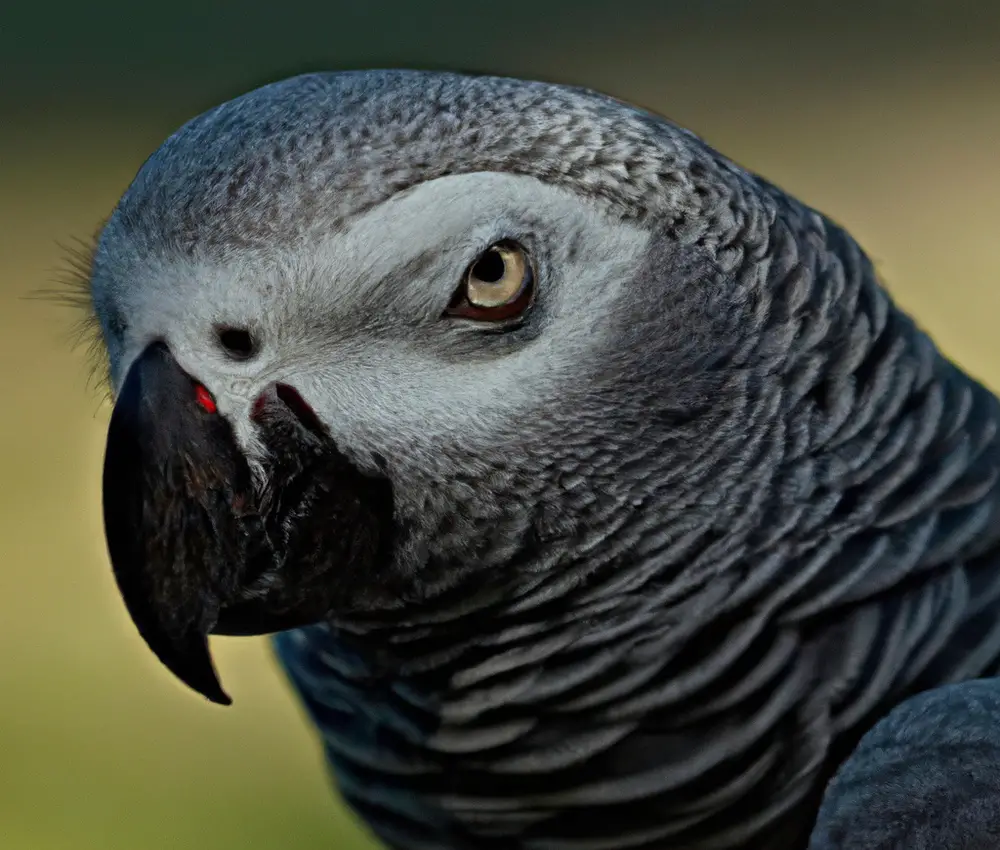
Signs of Mating Behavior in African Grey Parrots
African Grey Parrots display physical changes, vocalizations, and nesting behaviors as signs of mating behavior.
Physical changes and displays
Physical changes and displays in African Grey Parrots during mating include: increased vocalization and strutting, fluffing up their feathers, elongating their necks, and displaying their tail feathers.
They may also engage in bill rubbing, wing flapping, and head bobbing to attract a mate.
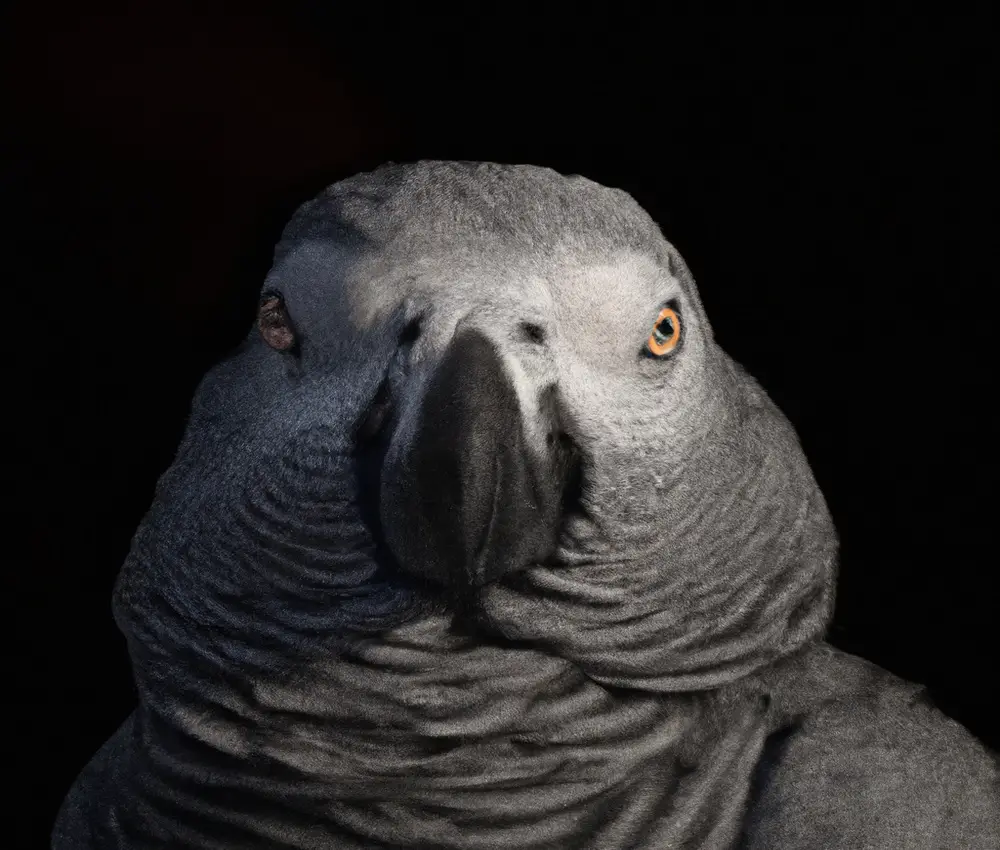
Vocalizations and calls
African Grey Parrots are known for their impressive vocalizations and calls.
They have a wide range of sounds, including whistles, screams, chatter, and mimicry of human speech and environmental sounds.
These vocalizations are a way for them to communicate, express their needs, warnings, and even show off during courtship.
African Grey Parrots are highly intelligent and can learn to imitate various sounds and words, making them excellent mimics.
So, don’t be surprised if your African Grey starts talking up a storm or mimicking the sounds around them!
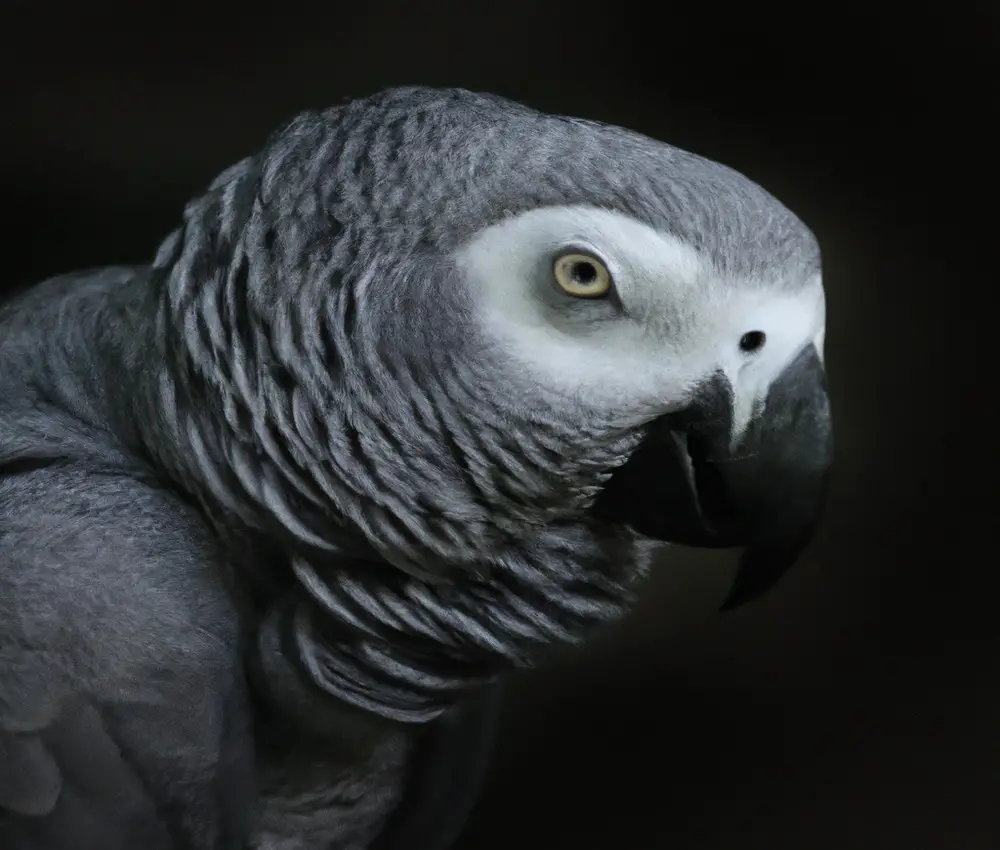
Nesting and courtship rituals
Nesting and courtship rituals in African Grey Parrots are fascinating to observe. These rituals typically involve the male displaying his feathers, bowing, bobbing his head, and making vocalizations to attract the female.
The female may respond by preening herself, raising her wings, or engaging in reciprocal vocalizations.
Once mating has occurred, the pair will focus on building a nest together, either in a tree cavity or a specially designed enclosure. It’s important to provide appropriate materials for nesting, such as branches, leaves, and nesting boxes, to support their natural behavior.
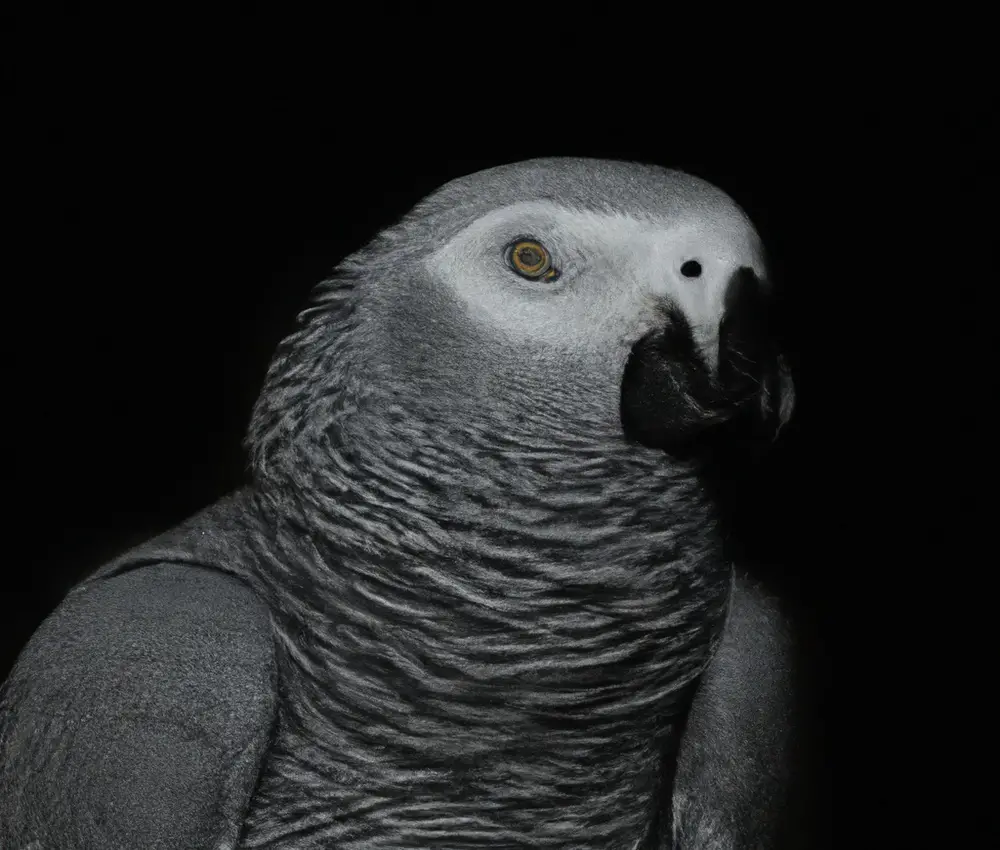
Pair Bonding and Social Behavior in Mating
African Grey Parrots form strong pair bonds and engage in social behaviors during mating.
Formation of pair bonds
Formation of pair bonds in African Grey Parrots is a crucial aspect of their mating behavior. These parrots are known to be monogamous, meaning they form long-term bonds with a single partner.
Pair bonds are typically formed through a process of courtship rituals, which include vocalizations, physical displays, and nesting behaviors.
The social interaction between potential mates is of utmost importance in establishing a strong pair bond. Breeding pairs of African Grey Parrots often engage in mutual grooming and cooperative nesting activities, further strengthening their bond.
These pair bonds are known to be durable and can last for the lifetime of the parrots.
Monogamous behavior in African Grey Parrots
African Grey Parrots exhibit monogamous behavior, meaning they form long-term pair bonds with a single mate.
These bonds are typically lifelong and involve shared parenting responsibilities.
Monogamy in African Grey Parrots is believed to be an adaptation for ensuring successful breeding and offspring survival.
Social interaction and companionship are crucial for these parrots, as they thrive on the presence of their mate.
Adequate nesting requirements and enclosure setup are important for facilitating breeding and reproduction in captivity.
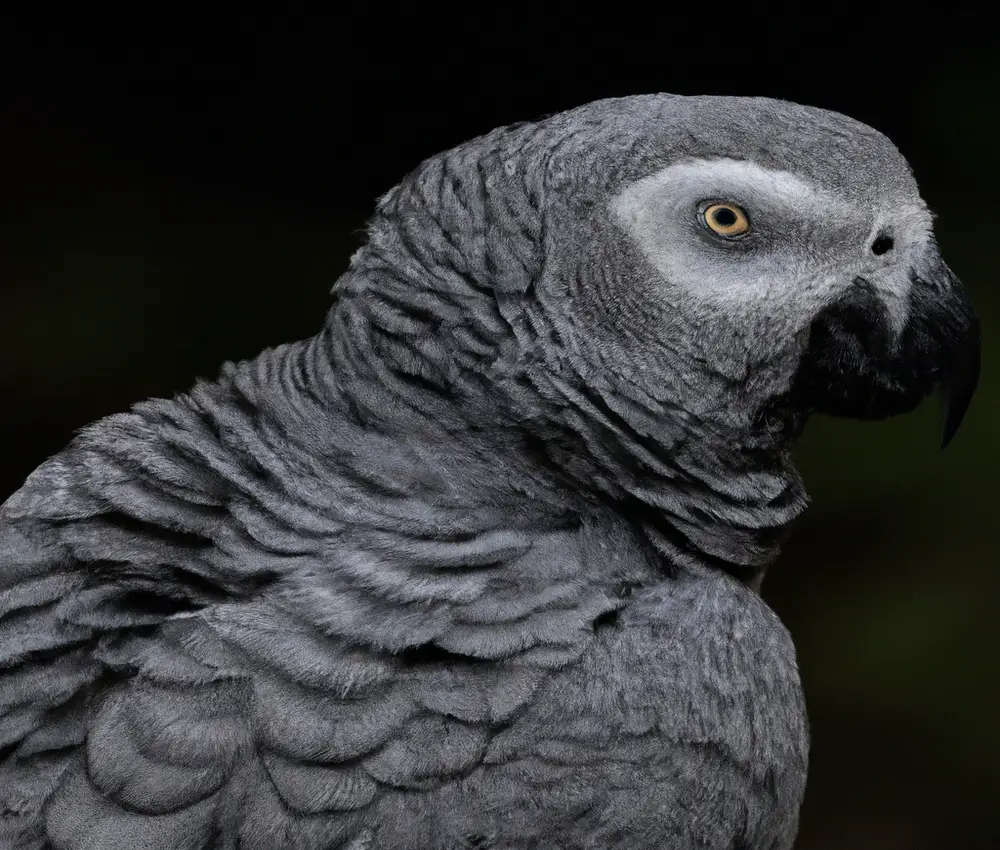
Importance of social interaction
Social interaction is extremely important for individuals as it plays a crucial role in our emotional and psychological well-being. When we interact with others, we feel a sense of belonging, connection, and support, which in turn helps us manage stress, boost our mood, and combat feelings of loneliness or isolation.
Through social interactions, we can share experiences, thoughts, and feelings, and build meaningful relationships.
This interaction also provides opportunities for personal growth, learning, and developing important social skills. Being socially engaged enhances our overall quality of life and contributes to our overall health and happiness.
Breeding and Reproduction in Captive African Grey Parrots
To successfully breed and reproduce African Grey Parrots in captivity, you need to consider the proper age for breeding, provide appropriate nesting requirements and enclosure setup, and understand the process of incubation and hatching.
Age for breeding
African Grey Parrots reach sexual maturity between the ages of 3 to 5 years. It is important to wait until they have reached this age before considering breeding them.
Breeding too early can lead to health complications and unsuccessful breeding attempts.
Waiting until the appropriate age ensures the parrots are physically and emotionally ready for the breeding process.
Nesting requirements and enclosure setup
African Grey Parrots need a suitable nesting setup in captivity. Provide a nest box that is secure and spacious, with dimensions around 18x18x24 inches.
Use natural materials such as untreated wood shavings or chips for bedding.
Ensure the enclosure has a cozy and quiet corner for the nest box, away from high activity areas.
Incubation and hatching
Incubation and hatching in African Grey Parrots usually takes about 28 to 30 days. The female will lay one or two eggs, and both parents take turns incubating them.
The eggs should be kept in a warm and humid environment, such as an incubator.
Once hatched, the parents feed and care for the chicks until they are ready to fledge.
Challenges and Considerations for Breeding African Grey Parrots
Breeding African Grey Parrots comes with its challenges and considerations, including health and genetic concerns, parental care and hand-rearing, as well as legal and ethical considerations.
Health and genetic considerations
Health and genetic considerations are crucial when breeding African Grey Parrots. It’s important to ensure that both the male and female parrots are in good health before breeding to maximize the chances of successful mating and healthy offspring.
Regular vet check-ups and screenings for common genetic disorders can help identify and address any potential health issues.
Avoiding inbreeding is also essential to prevent genetic problems in future generations. Breeding from unrelated pairs can help maintain genetic diversity and promote overall parrot health.
Parental care and hand-rearing
Parental care is crucial for the healthy development of African Grey Parrot chicks. In captivity, hand-rearing may be necessary if the parents are unable to provide adequate care.
Hand-rearing involves feeding the chicks a specialized formula every few hours and providing them with a warm and safe environment.
It requires skill and knowledge to ensure proper nutrition and prevent health issues. Socialization with humans should also be part of the hand-rearing process to prevent behavioral issues later on.
Legal and ethical considerations
Legal and ethical considerations play a crucial role in breeding African Grey Parrots in captivity. It is important to comply with any laws or regulations regarding the breeding and sale of these parrots.
Additionally, ethical considerations involve ensuring the welfare of the birds, avoiding inbreeding, and promoting responsible ownership.
Breeders should prioritize the health and well-being of the birds above all else.
Frequently Asked Questions about Mating Behavior of African Grey Parrots in Captivity
How long do African Grey Parrots take to mate in captivity?
African Grey Parrots can take anywhere from a few months to a few years to mate in captivity.
The timing depends on various factors such as age, health, environment, and compatibility with a potential mate.
It’s important to be patient and provide them with a suitable nesting setup and appropriate social interactions to encourage breeding behavior.
Is it necessary to separate a breeding pair from other birds?
It is recommended to separate a breeding pair of African Grey Parrots from other birds. This helps to minimize distractions and potential aggression from other birds, ensuring that the pair can focus on breeding and nesting behaviors undisturbed.
Having a quiet and calm environment increases the chances of successful breeding.
What can be done to encourage breeding behavior in African Grey Parrots?
To encourage breeding behavior in African Grey Parrots, create a suitable environment by providing a spacious cage, nesting materials, and a cozy nesting box.
Offer a nutritious diet rich in fruits, vegetables, and a variety of grains.
Allow for social interaction and pair bonding with other parrots.
Maintain a consistent daily routine with balanced light and dark periods.
Ensure the birds are in good health and free from stress.
Are there any risks involved in breeding African Grey Parrots?
Breeding African Grey Parrots can come with risks.
They may experience complications during egg-laying or have difficulty incubating the eggs.
In some cases, there may be issues with fertility or the chicks may not survive.
Breeders should be prepared for these challenges and have a solid understanding of avian reproductive health.
Regular veterinary check-ups and proper nutrition are essential to minimize risks.
Final Verdict
Understanding the mating behavior of African Grey Parrots in captivity is crucial for successful breeding and ensuring the well-being of these birds.
While they may adapt their mating behaviors in captivity, certain factors, such as proper social interaction and nesting requirements, must be considered.
Signs of mating behavior can be observed through physical changes, vocalizations, and courtship rituals.
Pair bonding is essential for breeding, as African Grey Parrots are monogamous and require a strong bond with their partners.
Breeding and reproduction involve specific age requirements, nesting setups, and incubation processes.
However, challenges and considerations, such as health issues and ethical concerns, need to be taken into account.
By addressing these factors and providing appropriate care, breeders can increase the chances of successful breeding and contribute to the conservation efforts of African Grey Parrots.

